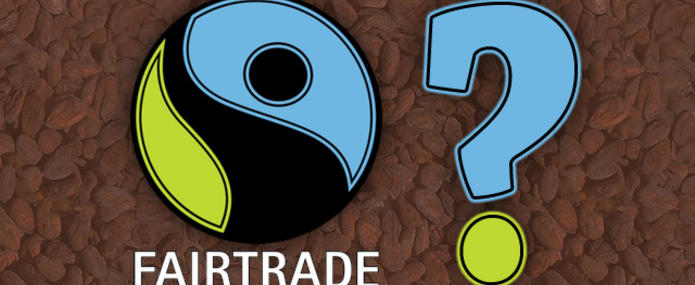The goal of fair trade is to “ensure economic and social progress for workers who are at an economic disadvantage because of job insecurity, low pay and limited qualifications”. This primarily socio-economic commitment, made in the context of globalised supply chains, is in line with a more responsible approach to production and consumption. But is it enough to address all sustainability challenges, especially deforestation linked to agricultural imports? An analysis of existing certification processes, their effectiveness, and changes needed.
Multiple challenges, a wealth of initiatives
Fair Trade Fortnight is being held in France from 12 to 29 May. Over the last 25 years, the small green and blue logo has become a common sight on supermarket shelves. For consumers concerned about their impact, it has become a benchmark among the plethora of food brands and products. By undertaking to pay a better price to producers, fair trade is now the only “alternative” trade initiative that places the emphasis on income for producers and employees in the agricultural sector.
But responsible consumers are also expected to be concerned about production conditions, local environmental protection and the climate impact of the goods they buy. Among these concerns, the impact agricultural products have on biodiversity has become a key challenge due to the common consequences of this production on water quality (through pesticide use), ecosystems and especially forests (through deforestation).
Over the last few years, more and more logos and initiatives have emerged, at the risk of consumers losing their way in a jungle of ever more colourful labels, whose true meaning is often unclear. For example, to make sure the bar of chocolate they are buying provides a fair income for producers and is pesticide- and deforestation-free, consumers need to look for no fewer than three logos on the packaging: a fair trade logo, an organic logo and, if such a label exists, a sustainable label guaranteeing the product is deforestation-free.
It is fair to say that there is more likelihood of finding Willy Wonka’s golden ticket than such a bar of chocolate, whose production methods should nevertheless be the norm in a market that is truly respectful of human beings and nature. Going even further, if consumers want a bar of chocolate made with palm oil that meets the same criteria and has good nutritional content, they undoubtedly need to make it themselves.
Study October 2017 Read also Implementation and effectiveness of sustainability initiatives in the palm oil sector: a reviewIntegrating the “deforestation-free” standard
Consequently, is the only option to give up and accept to make a potential contribution to deforestation or to the increase in pesticides found in waters in producing countries? We think not, especially as France and the EU are currently working on action plans to tackle deforestation linked to agricultural imports, in particular cocoa, palm oil and soy.
But solutions to ensure the market produces a “price signal” to encourage “deforestation-free” products remain to be found. Today, the two main labels (fair trade and organic) include no guarantees concerning deforestation. Consequently, either these labels will adapt and evolve to integrate a “deforestation-free” standard, or we will have to wait for a third type of label dedicated to this issue. In addition to greater confusion in the signals sent to consumers, we will also need to think about the difficulties and additional costs that this would represent for producers, especially the smallest and poorest among them. A third possibility consists in changing trade regulations and obligations for companies, for example in line with the duty of care law[2] adopted in France last year, so that the social and environmental values promoted by these different labels and initiatives become the norm, and that the economic burden is on the least virtuous practices, rather than on sustainable alternatives. But this is a rather distant horizon. Consequently, in the short and medium term, it will perhaps be more promising to question those responsible for existing labels about changes planned in order to integrate deforestation into the specifications to be met by actors in the supply chain.
[2] https://www.legifrance.gouv.fr/eli/loi/2017/3/27/2017-399/jo/texte


